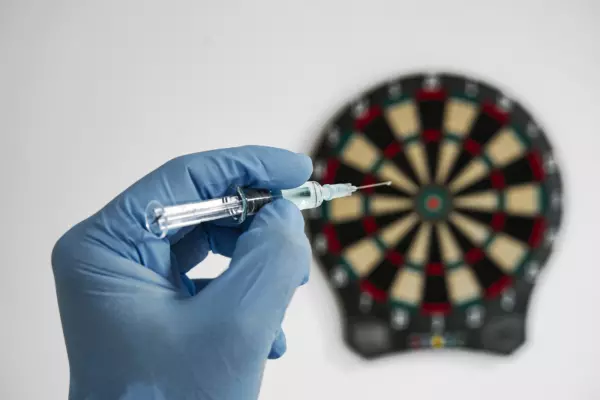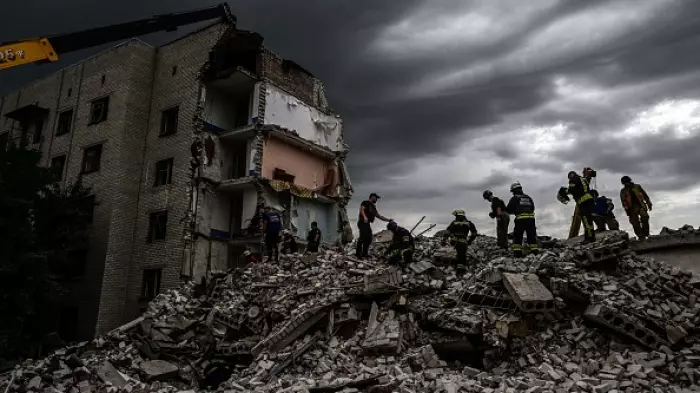The Ministry of Health says about 5,000 of us die each year because of smoking or being exposed to second-hand smoke. That’s 13 people a day, or about a third of the people on a packed rush-hour bus.
Annual cancer deaths in New Zealand are about 9,000. One in four of these cancer deaths is due to tobacco. But tobacco’s bad health outcomes don't stop there.
As well as those with permanent damage to the lungs or heart, about 1,300 more people in Aotearoa New Zealand suffer untreatable blindness due to tobacco.
Tobacco stands out from all other legal substances that can contribute to negative health outcomes and death.
It's the only product that kills people when used as intended.
Despite this, it can be bought like any normal consumer product from shops that also sell food.
The Muldoon years
I recall in the early 1980s, in the days of the Robert Muldoon government, taking part in a meeting with the then minister of immigration.
He smoked through the meeting, as was his way back then. What struck me was that he was also the health minister.
Since then, times have changed.
Strong advocacy from the Cancer Society, ASH and other groups backed by scientific evidence, and the work of key political leaders have all made a huge difference – smoking rates are declining.
Helen Clark gave impetus to this when she was health minister in the late 1980s.
Her steps to combat tobacco company sponsorships, including big sporting events, were profound for their time.
Despite bitter opposition from vested interests, her efforts gave anti-smoking campaigns some traction.
A landmark inquiry
In March 2011, the National-led government, with the support of the Labour party, set up the smokefree goal that, by 2025, less than 5% of New Zealanders should be smokers.
This was in response to a landmark parliamentary inquiry by the Māori Affairs select committee chaired by then Māori party MP Hone Harawira.
But it was not until December 2021, under the Labour-led government, that the Smokefree Aotearoa 2025 Action Plan was launched.
Smoking rates have declined overall, which is a trend going as far back as the 1990s.
It's worse for Māori, Pasifika and the poor
However, Māori, Pasifika, and those living in the most deprived areas of the country still have disproportionately higher smoking rates, and suffer greater health inequities from smoking.
Goals and action plans are well and good, but the power of the tobacco industry so great that their effectiveness is limited unless they have strong legislation to support them.
The government has now responded with the Smokefree Environments and Regulated Products (Smoked Tobacco) Amendment Bill, which was introduced by associate health minister Dr Ayesha Verrall.
The bill has passed its first reading and has been referred to the health select committee for submissions to be considered.
The bill amends existing laws – the Smokefree Environments and Regulated Products Act 1990 and the Customs and Excise Act 2018 – and has three main steps to help achieve the 2025 goal.
- First, it reduces tobacco retailing by giving significant powers to the director-general of health to set a maximum number of approved retail premises allowed. This is to significantly limit the number of stores that can sell smoked tobacco products.
- Second, it gives us new ways to reduce the appeal and addictiveness of smoked tobacco products by setting limits on nicotine levels and other ingredients.
- But it's the third measure that's really striking in both its ambition and its cleverness. The bill seeks to amend the age limits for sale of smoked tobacco products by prohibiting their sale to anyone born on or after Jan 1, 2009.
The goal is to have a 'smokefree generation' policy by preventing young people and the generations that follow them from ever taking up smoking.
The proposed legislation is not fool-proof, but it certainly packs a powerful punch. One of the expected outcomes is increasing the life expectancy of those with much higher smoking rates, especially Māori women.
Overall, public health experts believe the positive impact of this measure, along with the previous two, will be huge.
Net fiscal gain
There will be a loss in tax revenue from tobacco in the first decade. But this will not just be offset by improved life expectancy and quality of life for many New Zealanders.
It will also be financially offset by reduced healthcare costs as we see lung disease and heart disease decline.
This should lead to a net fiscal gain, because we'll be spending less on health services – and tax revenue will go up because more people are now able to work.
This anti-smoking legislation highlights the importance of political leaders, three in particular.
Reducing tobacco consumption with the goal of Aotearoa becoming smokefree really got traction from the late 1980s under the leadership of health minister Helen Clark.
It was accelerated as a result of Hone Harawira’s select committee leadership, leading to the smokefree 2025 decision in 2011.
Now Ayesha Verrall has provided the third big circuit-breaker, with her bill before parliament.
Her bill shows the value of her specialist medical expertise and her solid understanding of population health.
But it also speaks well of her ability to promote legislation based on a strong underlying operational framework.
The government has disappointed many with its failure to implement operationally the values it talks about.
Largely, this is because of its dogmatic focus on restructuring by centralising health services.
Verrall is an exception to this.
In her below-the-radar style, she has focused on legislative changes based on expert advice that are able to make real differences to people’s lives and wellbeing.
Verrall’s legislative initiatives will do infinitely more for the wellbeing of New Zealanders and the health system’s sustainability than her senior health minister’s obsession with distracting restructuring to drive improvements in the system.
Prime Minister, take note.














